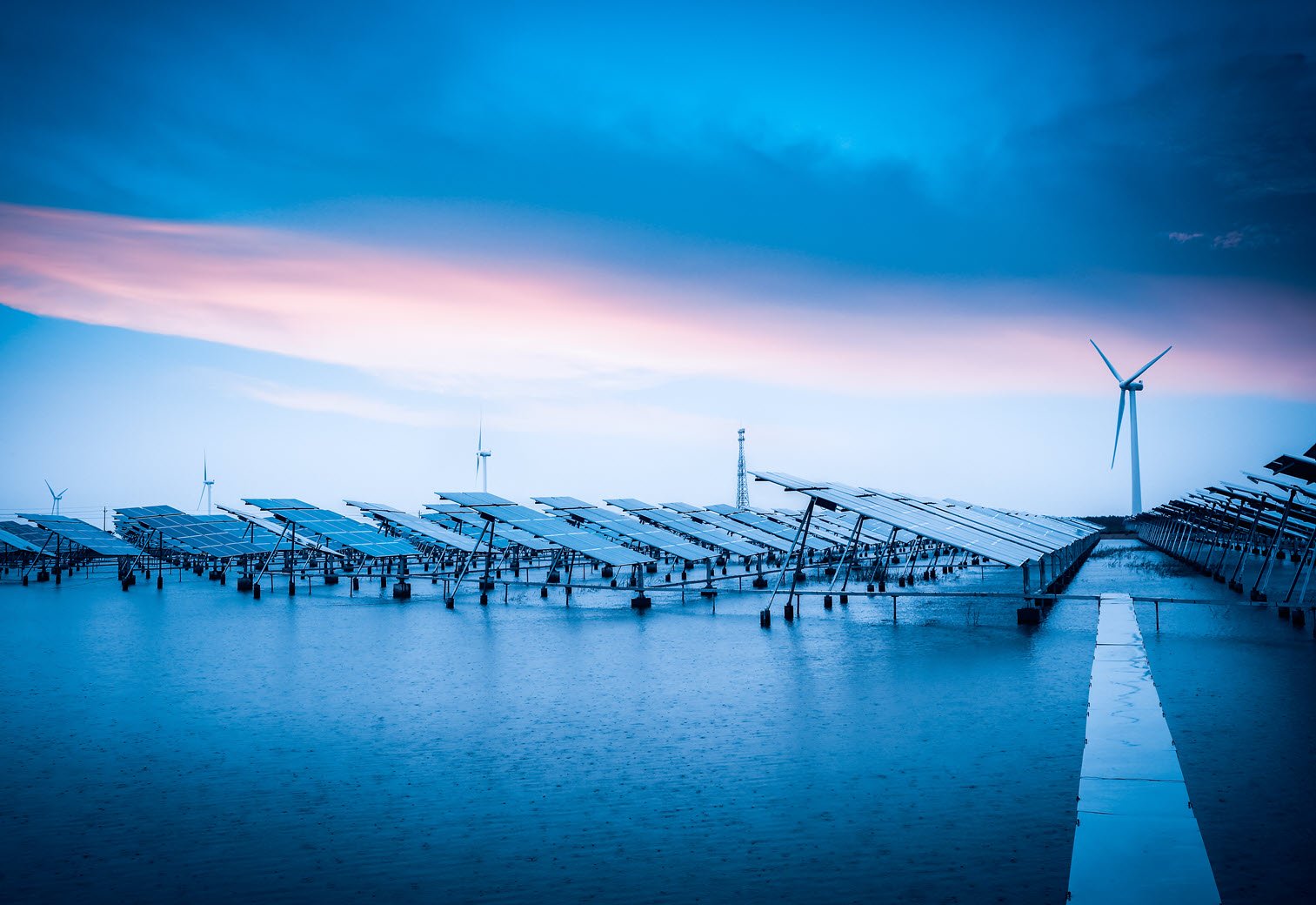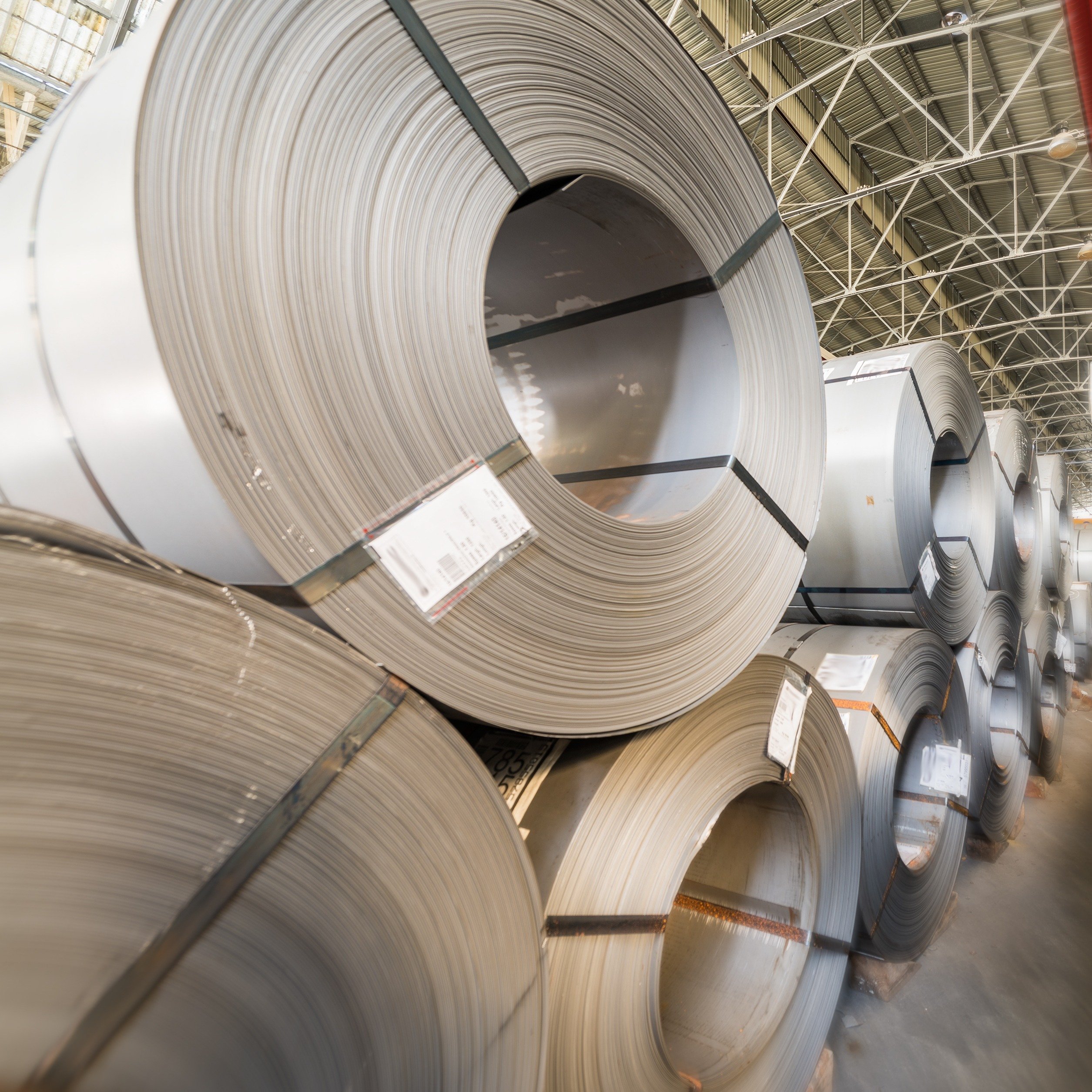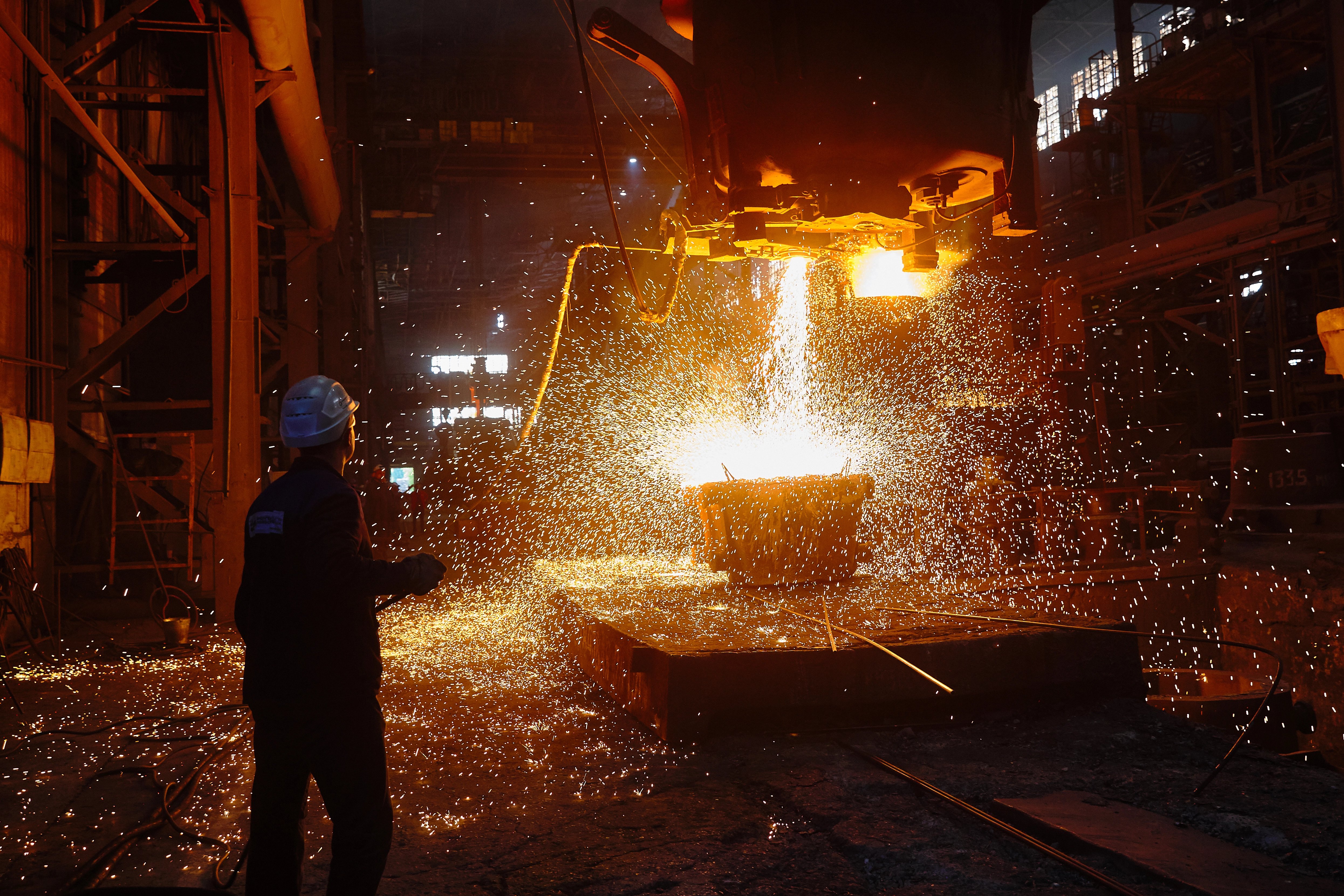The Israel-Iran war which has broken out in the past week has increased the risk premium embedded in energy commodities . Natural gas prices have already risen due to disruption to Iranian production, and Israel shutting down some of its offshore gas fields. Actual oil production has, so far, not been affected, but oil prices have risen sharply from around $65/bbl at the end of May to $76/bbl on 13 June – reflecting the risk of disruption to transit of oil through the Strait of Hormuz or to production in the Middle East.
If this escalates further, it has the potential to have a significantly negative impact on the global economy, principally through higher energy prices. This will ultimately curb demand for commodities, adding to the negative impact of the current trade war.
Iran faces a difficult decision about how to respond
Israel’s ultimate objective in making these attacks is not clear. Although ‘regime change’ has been mentioned, this is unlikely to be achievable with air strikes alone. The strikes will certainly degrade Iranian conventional military capabilities and, to some extent, its nuclear programme, which has clearly been targeted. However, Israel does not have the munitions or aircraft suitable to destroy Iran’s most hardened nuclear site at Fordow. The US does have these capabilities.
So far, Iran has retaliated against Israel directly with ballistic missile attacks, . As long as this remains the case, the conflict is likely to be contained. However, Iran has the option of escalating and widening the conflict by targeting wider energy and transport infrastructure in the region. For example, during the Iran-Iraq war in the 1980s, both Iran and Iraq took military action to disrupt shipping in the Strait (the so-called ‘Tanker War’), as a way of putting pressure on the Western countries backing Iraq with military aid. However, as discussed below, this would carry huge risks for Iran.
Closing the Strait of Hormuz is the key risk
The key risk to commodity markets from this conflict relates to the Strait of Hormuz – a body of water which connects the Persian Gulf with the Arabian Sea and international trade routes. This Strait is the only transit route for a huge amount of oil production in Saudi Arabia, Kuwait and Iraq. Roughly 20 Mbpd of oil and oil products typically move through the Strait of Hormuz, which is almost 20% of global production. Over 100 bcm of LNG, mainly from Qatar and UAE, also transits through the strait each year. Although this makes up around 20% of global LNG volumes, it is only around 3% of global natural gas production (n.b. gas is a less seaborne-traded commodity than oil).
In contrast to the Red Sea route, which the Houthis have been targeting for some time, the oil and gas transiting through the Strait of Hormuz has few, if any, alternative routes to global markets. Any military action that resulted in closing the Strait of Hormuz – or which made it risky enough to deter commercial traffic – could therefore strand a large proportion of global oil production, and a smaller, but still significant share of global gas production. This would send prices (which are currently still lower than the average level in January) spiralling. The possibility of this scenario happening is partly why oil prices have risen sharply (see chart below), to incorporate a risk premium.
Such an escalation would carry great risks for Iran. By raising energy prices, it would alienate non-aligned countries, in particular China, which has been more sympathetic to Iran and an important customer of its oil. More pressingly, it would almost certainly prompt a military response from the US. This could include targeting Iran’s hardened nuclear facilities.
Nonetheless, if the Iranian regime feels sufficiently backed into a corner – for example if the US chooses to target Fordow – Iran may take the view that they have little to lose from escalation. The diagram below summarises the possible outcomes – although as with any conflict, things may develop in unanticipated ways. The Israel-Iran war is linked with others across the Middle East – most obviously with Gaza and Lebanon, but also Syria and Yemen – and this adds to the complexity of possible outcomes.
There are other ways in which the conflict could affect oil or gas supply. In the past, Iran has targeted Saudi oil facilities with cyber and drone attacks. However, given the partial détente between Iran and its GCC neighbours, this seems unlikely. What is more likely is that it will be even more difficult for Iranian oil to find its way to world markets – for example, if the US were to further tighten sanctions. While nowhere near as catastrophic as stopping the flow of oil through the Strait of Hormuz, this would still tighten the global oil market.
Yet another downside risk for the world economy
There have been some impacts on other commodities, notably fertilizers, with Iranian ammonia production shutting down, and the closure of Israeli gas production having knock-on effects on Egyptian urea and risks for Jordanian potash production. However, the largest risk to metal markets is from the knock-on effects on economic growth from a spike in energy prices.
The current risk premium is likely to persist for at least the next few weeks as Israeli officials have indicated they’re planning to continue with airstrikes for some time.If the trigger points above are not reached, then this risk premium will reduce. However, it is unlikely to completely go away. Even if the conflict remains contained, a higher risk premium on energy represents another headwind for the global economy.
CRU will continue to closely monitor these events and keep clients updated about what it means for commodity markets. See CRU's available services here and learn more about other recent global developments such as CBAM and tariffs, and their subsequent effects on the commodities world.

















